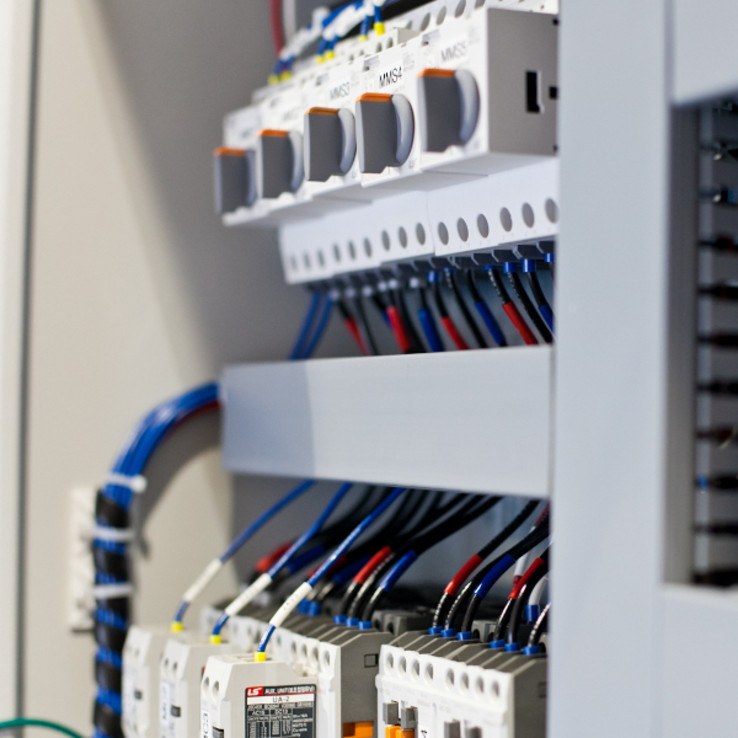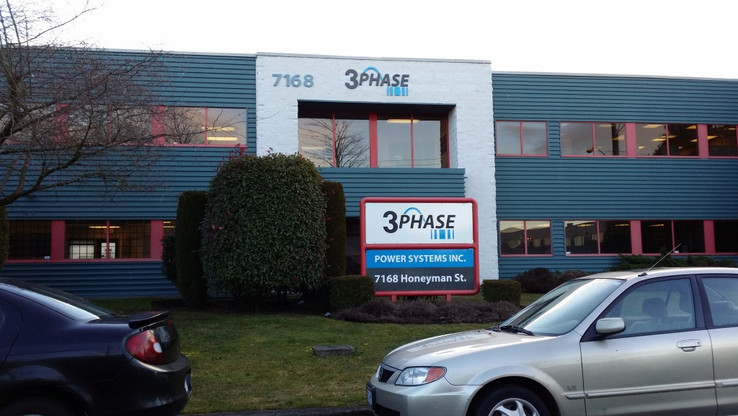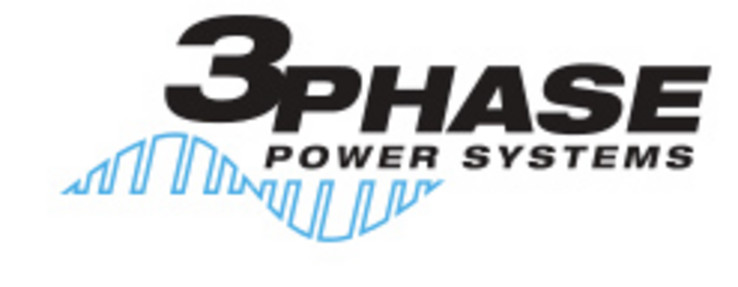Leaving AutoCAD without regrets
3 Phase Power Systems offers an enthusiastic endorsement for how EPLAN Electric P8 used in conjunction with EPLAN Pro Panel can improve project accuracy and accelerate workflows. 3 Phase Power is a full-service manufacturer, distributor and integrator and its engineering department works on all manner and size of projects.
British Columbia, Canada’s westernmost province with its lush Pacific coastal rain forests and breath-taking mountains, is as resource-rich as it is scenic. BC and neighboring Alberta offer boundless opportunities for 3 Phase Power Systems, Inc. to provide the oil and gas, mining, renewable energy and transportation sectors among others with state-of-the-art power supply and conversion equipment and engineered solutions like motor control centers, switchgears, variable frequency drives, electrical houses and skid packages. Since 3 Phase Power’s engineering group switched from AutoCAD Electrical to EPLAN Electric P8 and EPLAN Pro Panel in 2013, adding the copper module to EPLAN Pro Panel in 2014 for cutting bus bars and other copper in control cabinets, they have enjoyed major productivity improvements in all phases of project execution.
Sold on EPLAN, can't contemplate return to AutoCAD
3 Phase Power is a full-service manufacturer, distributor and integrator and its engineering department works on all manner and size of projects. Dwayne Donaldson, Senior Electrical Designer, lists many areas where EPLAN automation and EPLAN Pro Panel’s 3D layout have been a tremendous upgrade, accelerating project design, often dramatically. In some cases, his group is skipping entire steps in creating build packages. For example, with some small jobs, Donaldson often dispenses with the need to do mechanical drawings by exporting EPLAN Pro Panel’s 3D drill panel views to PDFs. Everything the fabrication crew needs to build the panel is represented in those PDFs. “It’s a huge time savings for me.” says Donaldson.
Comparable, large projects done in one-third of the time
When Donaldson’s team worked in AutoCAD, much time went into setting up drill patterns. “In Pro Panel,” he says, “as long as you set up the (parts) database, all the drill patterns associated with parts, 3D macros associated with parts, it’s just a matter of placing them. We’re at a point where the shop and my team both trust the drill patterns, the cutouts, the alignment of stuff so work proceeds faster.” He’s a huge advocate of EPLAN Pro Panel’s 3D layouts. “It’s amazing the savings you can have on the fabrication floor. And all of that is available to the client any time you need it.” Projects are being turned around a lot faster now. Donaldson cites two very similar, large projects, one done in AutoCAD; the second, in EPLAN. The AutoCAD project took six weeks. “We were finishing the design when we were shipping the project,” states Donaldson. The second one took just two weeks from receipt of the purchase order through design and manufacturing. Often, there are small jobs based on an archived project where only minor modifications to the template are required. “With AutoCAD, it took longer to replicate a project,” he says. “I can copy a project I’ve done in EPLAN in minutes, whereas with AutoCAD, you had to deal through a process, copy files, make different folder structures. It was not as intuitive as EPLAN, I couldn’t just go and copy a project and it was done.”
BOMs now 97% accurate
“In the AutoCAD environment, bills of materials (BOMs) were maybe 60% accurate, give or take,” says Donaldson. “Parts were missing. Or the right ones were not always selected, or in stock, which impacted manufacturing. We were always running around trying to find things.” Corrections to the BOMs weren’t logged by the production staff, so if an older project was used as a template for a new order, the inaccuracies in the BOM carried over to that project. “We always wanted the shop to mark up (changes to) the Bill of Materials but they didn’t want to deal with part numbers, so we would never get a markup of it. We could have made more accurate BOMs but that would have required a lot of extra time and we were just too busy.”
Huge macro library supports accelerated design
Through a combination of EPLAN automation – auto-generating the BOM, wire list, etc. as schematics and other project content are created – and the investment of time to create an archive of approximately 1,500 EPLAN-ready macros, Donaldson estimates BOMs now are about 97% accurate. With EPLAN’s parts exporting feature, it’s much easier to manage inventory for on-time availability. It also makes for faster, more accurate project quotes; Donaldson and his colleagues do a 3D layout from which they generate a BOM, then the sales staff adds in pricing. Another EPLAN feature that helps 3 Phase Power maintain a high degree of accuracy is the ability to transfer electrical design data automatically to EPLAN Pro Panel, eliminating the error risk associated with manually re-entering and error-checking electrical data.
Next phase: Build more schematic macros
With 1,500 EPLAN macros and more to come, 3 Phase Power’s macro archive is extensive by any measure, and is helping accelerate design work for all manner of projects. The archive contains project macros for standard builds requiring only minor modifications, like adding a button or taking one out, to meet customer specifications. Donaldson and his colleagues have begun layering schematic macros onto project templates. “We have a project macro for every size of Vacon frame drive we have. Within that project macro we’ve put a schematic macro on the schematic so we can change the horsepower of the motor.” There may be five different motors suitable for a given frame drive. “Project-wise, the layout doesn’t change, just the part number.” That’s another time-saver. “The EPLAN Data Portal, offering access to over a half million data sets, has proven invaluable in creating such a large archive,” says Donaldson. In the reactor area in particular, his group has used the EPLAN Data Portal to import a full lineup of frequently used components like bus bar isolators and GE circuit breakers. “We’ve downloaded easily hundreds of parts macros from the Data Portal. It’s an incredible tool.”
Overall, Donaldson says his EPLAN Experience has been so positive he wouldn’t take a job that required him to use CAD software as the primary design tool.
3 Phase Power Systems offers an enthusiastic endorsement for how EPLAN Electric P8 used in conjunction with EPLAN Pro Panel can improve project accuracy and accelerate workflows. A large project that would take six weeks using AutoCAD can now be completed in two weeks in EPLAN. Small projects based on a few minor modifications to an EPLAN project template can be done in minutes, instead of hours in AutoCAD. Bills of Materials that used to have an accuracy of maybe 60% are typically about 97% accurate when generated in EPLAN, which in turn leads to a host of time-saving benefits in production and procurement. Employing EPLAN Pro Panel’s 3D layout has helped accelerate fabrication; crews now trust the accuracy of drilling pattern views and often use them exclusively – without mechanical drawings – to build panels, just a few examples of how EPLAN has improved the company’s overall productivity. Find out more about 3 Phase Power Systems at www.3phasepower.ca.





